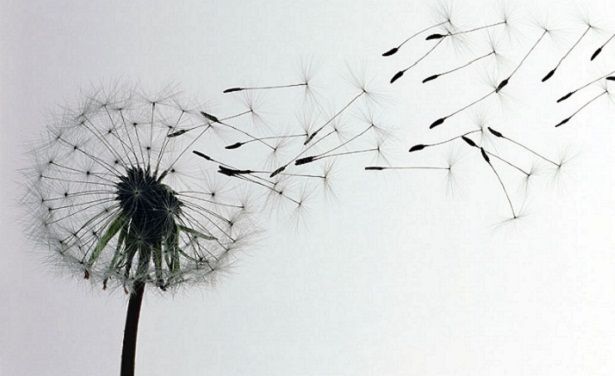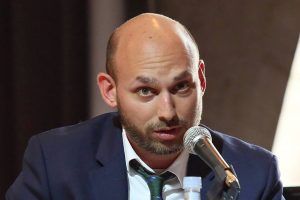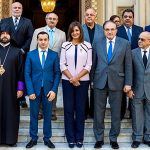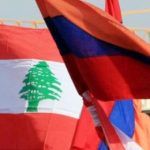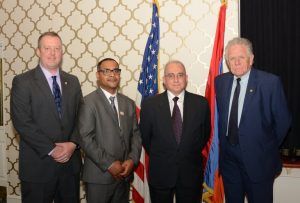Exhibition called “The Armenian Genocide in Foreign Newspapers 100 Years Ago” opens in Astrakhan

On April 16, an exhibition called “The Armenian Genocide in Foreign Newspapers 100 Years Ago” opened at the large hall of the Geological Museum in Astrakhan. The exhibition is dedicated to the Centennial of the Armenian Genocide, the Department of Armenian Communities of CIS countries at the RA Ministry of Diaspora reports to Hayern Aysor.
The materials for the exhibition were photos provided by the Armenian Genocide Museum-Institute. They showed the front pages of U.S., Russian and European newspapers that had covered the genocide organized by the Ottoman Empire in Western Armenia in the early 20th century.
Among those attending the exhibition were not only several Armenians from Astrakhan, but also representatives of regional and municipal authorities, members of religious and non-governmental organizations, as well as journalists representing local and all-Russian television stations. The event began with opening remarks by spiritual pastor of the St. Hripsime Armenian Apostolic Church of Astrakhan, Father, Priest Marcos Sargsyan; head of the Astrakhan branch of the Union of Armenians of Russia Azat Karapetyan and Vice-President of the Arev Armenian Cultural Center of Astrakhan Suren Ajamoghlyan, followed by welcome speeches by representatives of the Catholic and Russian Orthodox Churches. The opening ceremony of the exhibition began with the showing of the video for Daniel Decker’s song “Adana”, after which Armenian poet Paruyr Sevak’s poem “Unsilenceable Belfry” was read in Armenian and Russian to the magical sounds of the Armenian duduk, as well as performances of Komitas’s song “Krunk” and more. The exhibition was organized by spiritual pastor of the St. Hripsime Armenian Apostolic Church of Astrakhan, Father, Priest Marcos Sargsyan.
It was a joy to see several young Armenians at the exhibition. This showed that we Armenians not only know, but remember, teach and demand.




 Արևելահայերեն
Արևելահայերեն Արևմտահայերեն
Արևմտահայերեն Русский
Русский